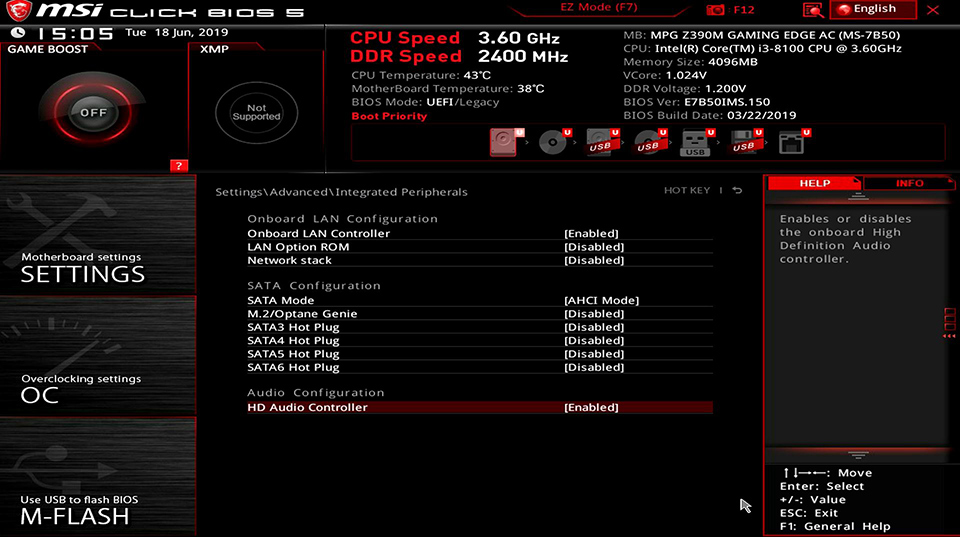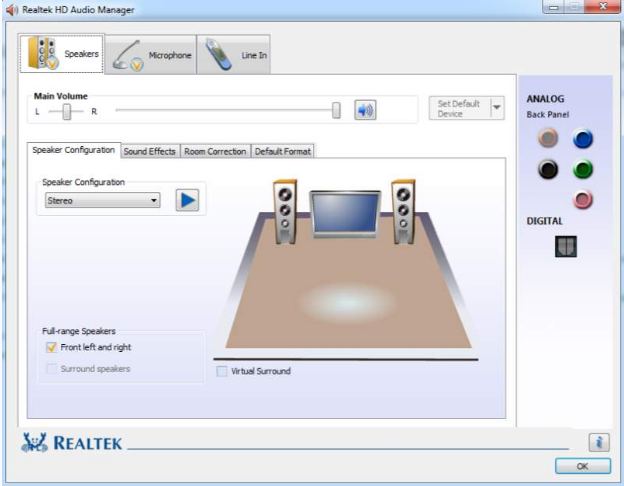
It might just solve the problem by "dumbing" things down a bit.Brief: No audio in a fresh Ubuntu install? Only see dummy output? No worries. Try turning off some "advanced" features. So, if you still have issues, check out the driver settings and Zoom settings. But smarter features also increase the chance of interfering with another layer. The real irony here is that newer drivers and software are not worse than their earlier versions. The solution for me, as JADE_YC pointed out, is the turn off noise cancellation in the Realtek driver. The speaker also works on playback when I tested the microphone in Zoom. In my case, noise cancellation in the Realtek driver plus Zoom noise suppression means no sound from any speaker in Zoom (even a plugged-in USB speaker) while all other applications work (say, Microsoft Team). In some cases, they end up fighting each other to death. In our case, Zoom clearly tries to stay ahead by improving the quality of each meeting, say, by noise suppression, using hardware acceleration, etc. Unfortunately, with so many hardware manufacturers and applications, "doing the right thing" is not easy at all.

Assumptions are made at every layer and software is developed to "do the right thing." Each layer has to work together perfectly to get the job done. There are multiple layers involved: hardware (various microphones/speakers), drivers (from manufacturers), OS interface (say, Windows), and applications (say, Zoom). But for what it's worth, I'd like to outline where things may go wrong. I have been a software engineer for decades, though not in OS or drivers, and not for Zoom. They are all related to audio but different. Reading through the entire discussion, we ran into more than one issue. If somebody knows more about this specific setting item and why enabling it gives this problem with the internal microphone, I am interested to know. But in any case it is probably an issue of drivers and conflicts between them. I don't know why and how this option has had influence and why it has resolved the problem. When I put that on "disabled" the internal microphone was functioning well.īecause it helped me, maybe this can help you and others. In the audio settings there is a button "Advanced" and than you can choose to change the setting of "Signal processing via Windows audio device drivers" (or something like that translated from the Dutch). Then finally, occasionally I discovered the solution.

I have the impression that the problem started after a Zoom update around the beginning of November this year. With a external mic there was no problem. When I used my internal Realtec mic and driver, the sound was very bad (after one word the sound was cut off or muffled). I presume that I had the same problem with the microphone of my laptop (Lenovo Windows 11).


 0 kommentar(er)
0 kommentar(er)
